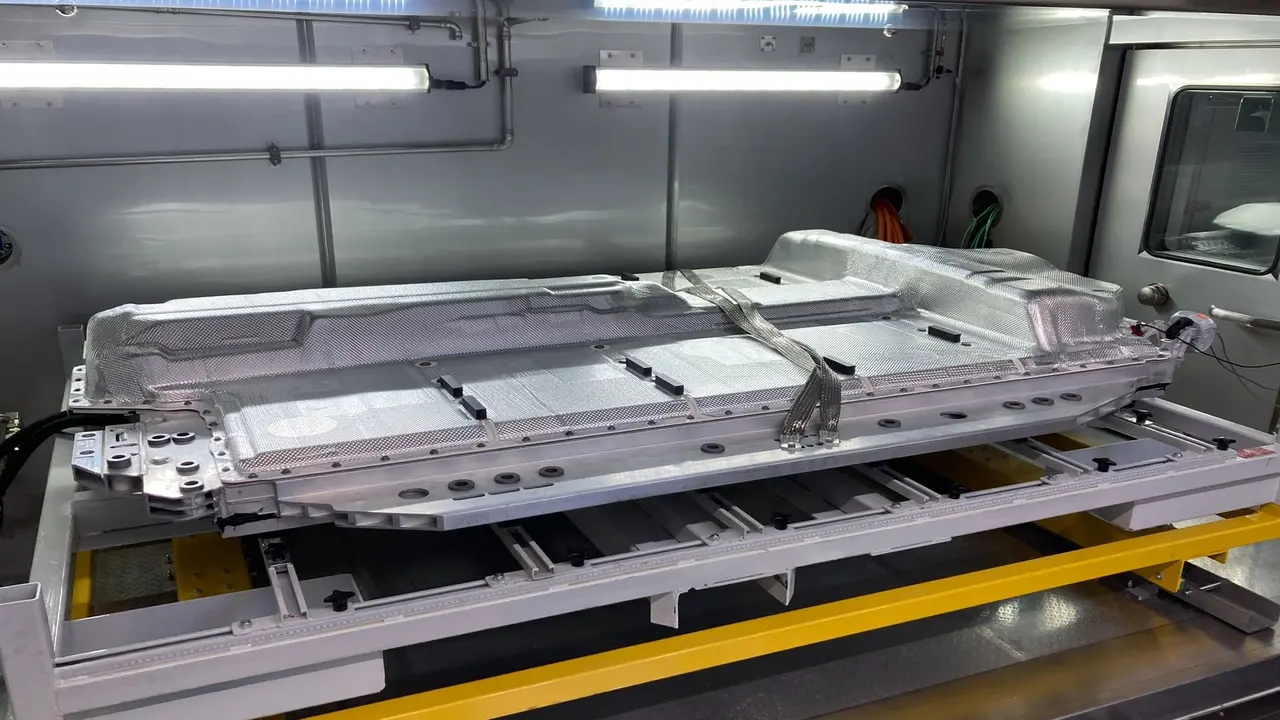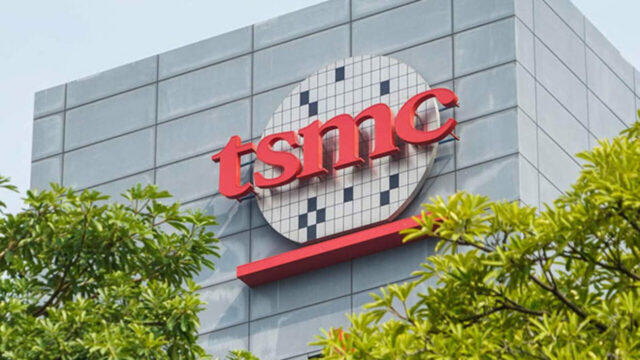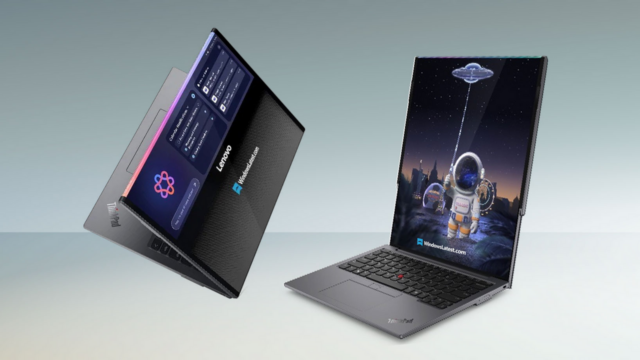Chinese automotive manufacturer Dongfeng has attracted attention by undertaking a comprehensive transformation in electric vehicle technology. The company announced the reorganization of its eπ (Yipai), Fengshen, and Nano brands under the umbrella of Dongfeng eπ Technology.
Dongfeng is working on solid-state batteries
In this restructuring, the product line is structured around two main brands: Dongfeng Yipai and Dongfeng Fengshen. Yipai focuses on high-tech electric vehicles, while Fengshen will offer more traditional and hybrid solutions.

At a launch event, Dongfeng Yipai announced that it will launch its first electric vehicles featuring solid-state battery technology in 2026. The energy density of these new-generation batteries reaches 350 Wh/kg. The silicon-carbon and nickel-based solid electrolyte structure makes the batteries safer and allows for ranges exceeding 1,000 kilometers.
The new vehicles will also be based on the electric platform developed by Dongfeng. This platform has an architecture operating at over 1,000 volts. The system features features such as a 1,700V silicon carbide power module, a motor reaching 30,000 rpm, and a 12C charging rate.
The company says it is currently developing “dual megawatt fast charging” technology, which can provide a range of 450 kilometers in just 5 minutes of charging. The first model equipped with this technology is planned to be introduced in 2026.
Two distinct product lines will be created under the Yipai brand. The “Mainstream Technology Series,” targeting mainstream users, will include models such as the Nano 01, Nano 06, eπ 007, and eπ 008. These models are designed to appeal specifically to a young and tech-savvy user base.
The “Smart Premium Series,” in the upper segment, will be developed in collaboration with Huawei. The first model in this series is expected to be a full-size electric SUV equipped with the Huawei HarmonyOS 5 smart cockpit system and QianKun ADS 4 driver assistance technology.
Dongfeng’s traditional brand, Fengshen, is positioned in the compact and mid-range segments. The company plans to add 10 different models to its product range by 2028, by releasing at least two new models or model updates every year.













